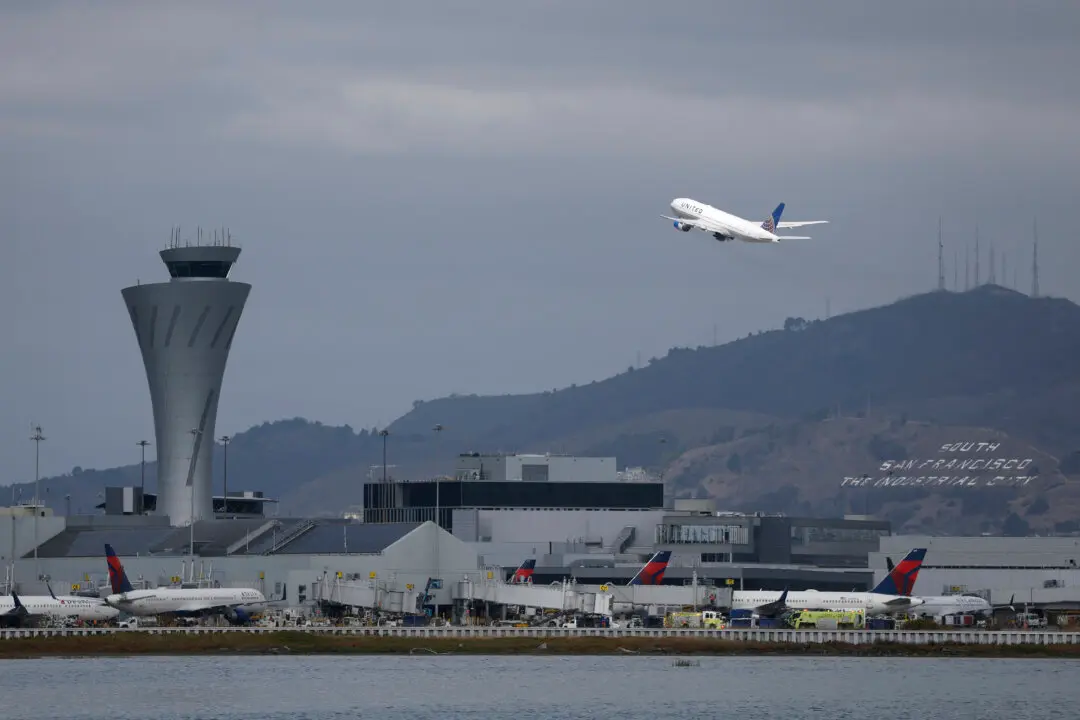Oil prices surged in trade on Nov. 6 after Saudi Arabia and Russia, the world’s top oil exporters, announced their decision to maintain additional voluntary oil supply cuts through the year’s end.
Brent crude, the international benchmark for oil prices, traded at $85.97 per barrel, increasing by $1.08 from the previous trading session. U.S. West Texas Intermediate crude rose by $1.30 to $81.81 per barrel.





